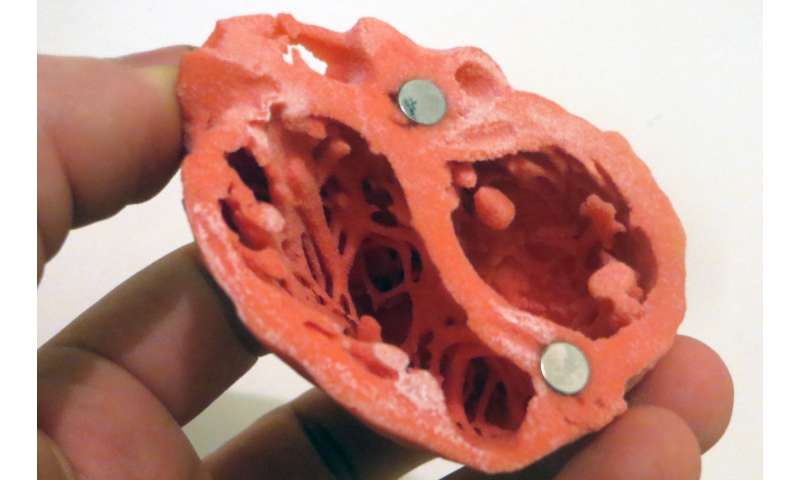
Men and women differ in the way their vascular systems age and the rate at which atherosclerosis—the hardening of artery walls or buildup of arterial blockage—progresses over time. These sex- and age-related differences have a direct bearing on a woman’s risk factors for cardiovascular disease.
Mayo Clinic researchers, in collaboration with international investigators, suggest a new approach of evaluating vascular function earlier in women, starting in middle age before arterial damage becomes severe. Amir Lerman, M.D., a Mayo Clinic cardiologist and director of the Cardiovascular Research Center at Mayo Clinic in Rochester, is senior investigator on the study. This study, “Endothelial Vascular Function as a Surrogate of Vascular Risk and Aging in Women,” was recently published in Mayo Clinic Proceedings.
Constriction in the microvascular system limits the amount of blood and oxygen entering the heart, reducing the heart muscle’s ability to pump blood to the rest of the body. Microvascular dysfunction can cause chest pain before coronary artery disease becomes visible.
“Women have gender-specific risk factors for damage to the endothelial cells, which are crucial to vascular function. Decreasing estrogen, premature menopause, preeclampsia, gestational diabetes, hypertension and polycystic ovaries all have a negative effect on a woman’s vascular health and increase her risk of heart disease,” says Dr. Lerman.
Heart disease continues to be the No.1 cause of death in U.S. women. The effects of vascular aging don’t begin to appear until middle age. Early detection, along with monitoring cardiovascular disease risk factors, is especially important for continued health as people live longer lives.
Source: Read Full Article
